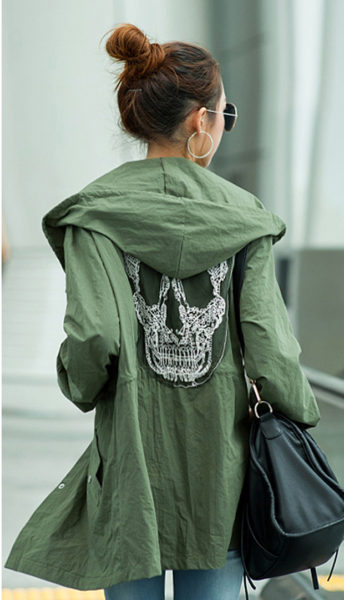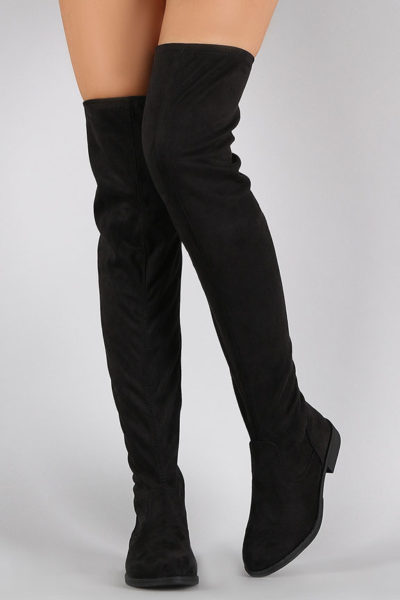 Summer is incredibly difficult to break up with. I think that what I detest the most is changing my colour palette to fall-like colours such as brown and burgundy. Everything feels tremendously subdued. This is why it is hard to grapple with why people at home aspire to look like they are in “foreign”.
Summer is incredibly difficult to break up with. I think that what I detest the most is changing my colour palette to fall-like colours such as brown and burgundy. Everything feels tremendously subdued. This is why it is hard to grapple with why people at home aspire to look like they are in “foreign”.
I just don’t understand the desire of Caribbean people wanting to dress like they experience all four seasons in their hot environs.
Acting the part is even weirder, since we have even taken a liking to calling July and August “summer” like the North Americans. It doesn’t seem to register that we more or less experience summer all year round.


Living in a foreign country—especially one that has four seasons is annoying, expensive and frustrating—particularly if you had spent most of your life in a hot place like Guyana. I, for one, can never get my layers correct in the winter. I am always either too cold or too hot. I hardly ever seem to be able to strike a balance. My husband told me he feels so sorry for me during winter. I always appear to be such a misfit.
As the winter approaches, I am fondly remembering observing persons back home, clad in their knee high boots and bubble-style parka jackets, when the weather didn’t require such mode of dress. One can argue that it may be just a reflection of personal style—yes with beads of perspiration wrapped around your ankles or running down your back. What does dressing to suit foreign climates have to do with boiling hot Guyana? And how does one begin to analyze such influence? In summer time abroad everyone is desperate to get their toes out and toss their thermal leggings aside, so it is hard to decipher what would inspire such a fashion look.
One person who I knew, who wore knee high winter boots, once told me it was foreign “prags” sent from relative overseas. Perhaps those relatives wanted them to be prepared whenever they visit, but this still doesn’t explain it being worn at a time when it shouldn’t be.
The desire to dress, act and speak foreign to your place of birth and residence, highlights both frustration with how we are viewed and a deep desire to change same. Wearing things that we can’t 100% relate to also indicates that we are to an extent frustrated with the supposed normalcy of everything around us. Perhaps it is even a desperate need to peacock ourselves to establish difference from our peers.
If there is some correlation between people’s socio-economic dreams, cultural identity and mode of dress, one has to wonder where this leaves us culturally. Is it that we are so disgusted by where we live and our realities, that we seek to escape by donning winter coats and thigh high boots?
Where then do we fit in the support for local fashions and aesthetics and how does this affect our overall ideology of style and beauty? Why do we constantly feel the need to assimilate everything that is non-Guyanese? And while fashion alone can’t be questioned for such assimilation to more proud and dominant cultures, it is disturbing. Listen to the radio stations at home and you will hear the unescapable American voiced-over ads and the Jamaican accents.
We may choose to ignore these disturbing signs, but the truth is the whole idea of being Guyanese and embracing our environs through mode of dress and cultural integrity has been contaminated. This ought to concern us.
www.online-runway.com
http://instagram.com/theonlinerunway









